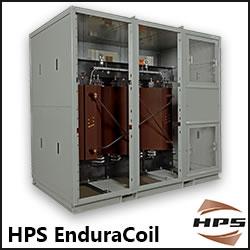New geothermal technology could produce 10 times the electricity using CO2 from fossil fuel plants
The idea starts with the liquid carbon dioxide which is increasingly envisioned as a solution to global climate change. The CO2 is captured at the source from fossil fuel burning electrical generation facilities. For efficient storage, the CO2 is compressed into a liquid, which can be pumped deep into the earth, to be trapped in the same porous rock beds which once provided oily reservoirs.
But instead of just storing the CO2 underground, the COS would feed what is described as a "cross between a typical geothermal power plant and the Large Hadron Collider." Liquid CO2 would be pumped into horizontal wells set up in concentric rings deep in the earth.
Carbon dioxide flows through the porous rock bed deep in the earth more quickly than water, collecting as much heat more easily. More importantly, the CO2 expands more than water when heated, so the pressure differential between the CO2 pumped into the ground and the heated CO2 is much greater than the pressure differential of the water making the same loop.
The amount of energy that can be generated depends on this pressure differential -- and is therefore substantially greater in CPG than in traditional geothermal plants. The CO2 expands so much that the pressure alone can carry the heated CO2 back to the surface, an effect referred to as a "thermo-siphon". The thermo-siphon makes the use of pumps for recovering the hot CO2 unnecessary, reducing the energy costs required to generate the geothermal electricity for a higher overall efficiency.
Comments (0)
This post does not have any comments. Be the first to leave a comment below.
Featured Product

